Sealife guideThe great hammerhead sharkSphyrna mokarran
Last updated on 09/17/2024 at 11:51 PM
Taxonomy
- Common name: Great hammerhead shark
- French name: Grand requin marteau
- Spanish name: Cornuda gigante
- Scientific name: Sphyrna mokarran (Rüppell, 1837)
- Family name: Sphyrnidae
- Order name: Carcharhiniformes
- Class name: Elasmobranchii
Description
The great hammerhead shark gets its name from its wide, flattened, T-shaped head resembling a hammer, as well as its size. The great hammerhead shark is the largest species of hammerhead sharks with a maximum length that can exceptionally reach 20 feet while its commonly observed maximum length is around 13 feet.
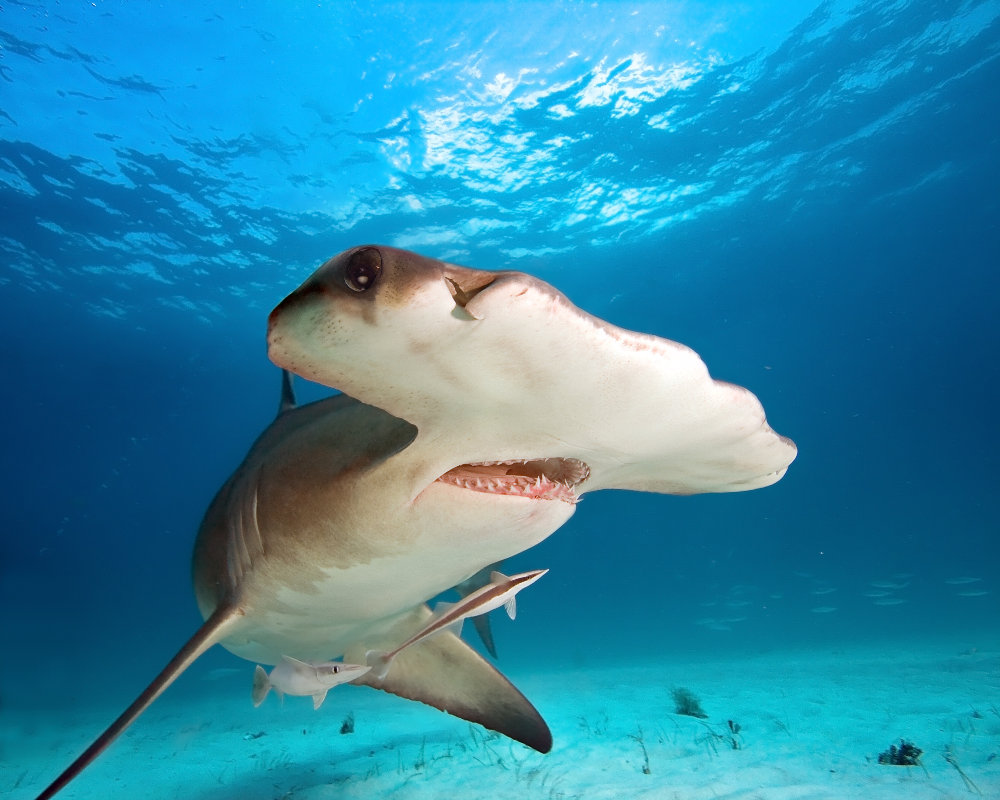
The great hammerhead shark with its characteristic T-shaped head © Frhojdysz | Dreamstime.com
On average, it measures about 10 feet in length with males being larger than females.
The great hammerhead shark has an elongated body with a brownish to grayish dorsal side and a whitish ventral side. It also has a tall, pointed dorsal fin.
Like most sharks, the great hammerhead shark has 5 pairs of gill slit..
Geographic range
The great hammerhead shark is widely distributed in the warm tropical and temperate waters of the seas and oceans around the globe. It can be found at depths of up to 1,000 feet.
Notably, it is found along the western coasts of the Atlantic ocean, from North Carolina in the United States down to Uruguay in the south, passing through Florida, the Gulf of Mexico, the Bahamas and the Caribbean.
Habitat
The great hammerhead shark is a pelagic fish that moves alone. It lives both along the coast and in the open ocean.
Diet
Equipped with exceptional vision due to the placement of its eyes and enhanced by its sensory abilities, the great hammerhead shark is a formidable nocturnal hunter. It is a carnivorous fish that primarily feeds on stingrays which it uncovers in the sand, as well as tuna, crustaceans and cephalopods.
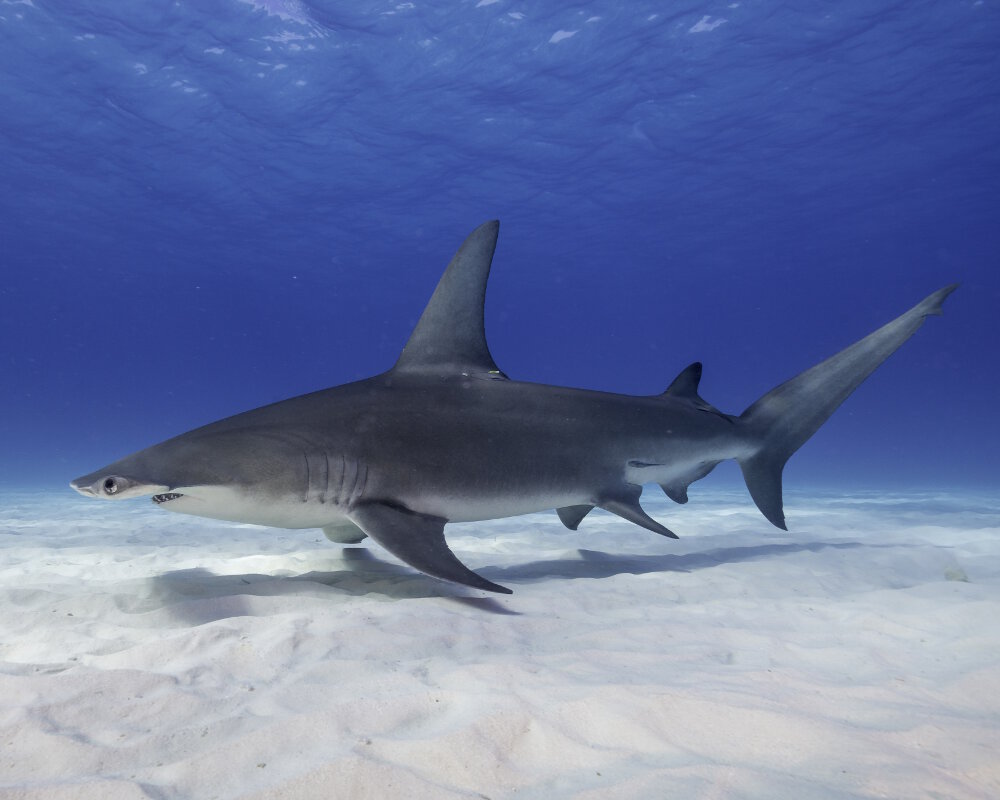
The great hammerhead shark (Sphyrna mokarran) © Michael Valos | Dreamstime.com
Reproduction
The great hammerhead shark only reproduces once every two years, making the species' offspring highly vulnerable when accidentally caught in fishing nets. The gestation period for the great hammerhead shark is slightly longer than that of humans, lasting 11 months. The female is ovoviviparous and can give birth to anywhere from 6 to 42 baby sharks.
At birth, baby hammerhead sharks are already about 20 to 28 inches in length.
Did you know ?
Great hammerhead shark populations are declining across the oceans and as a result, the great hammerhead shark has been listed as critically endangered on the IUCN Red List since 2018.
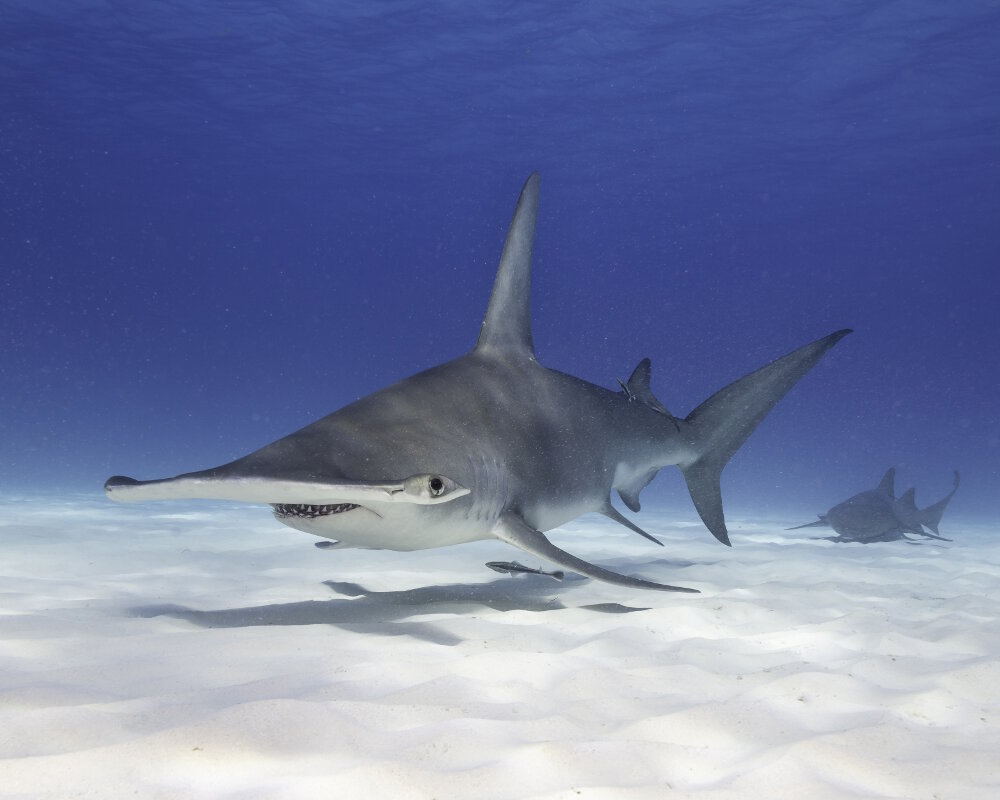
The great hammerhead shark (Sphyrna mokarran) © Michael Valos | Dreamstime.com
The great hammerhead shark has a long lifespan which can reach up to 40 years.
Within the same genus
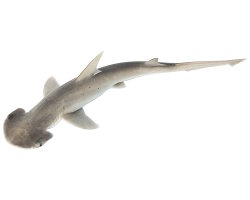
Bonnethead shark
(Sphyrna tiburo)
(Sphyrna tiburo)

Scalloped hammerhead
(Sphyrna lewini)
(Sphyrna lewini)
Within the same family
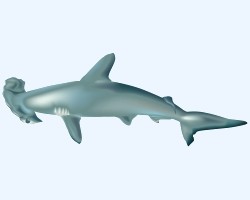
Hammerhead shark
(9 espèces)
(9 espèces)
Discover also
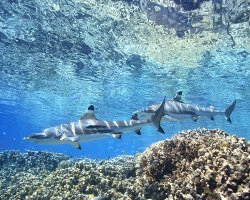
Blacktip reef shark
(Carcharhinus melanopterus)
(Carcharhinus melanopterus)
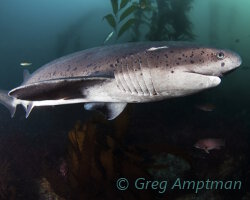
Broadnose sevengill shark
(Notorynchus cepedianus)
(Notorynchus cepedianus)
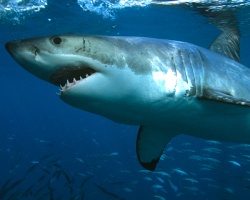
Great white shark
(Carcharodon carcharias)
(Carcharodon carcharias)
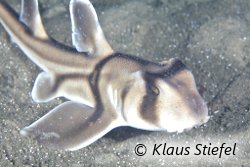
Port Jackson shark
(Heterodontus portusjacksoni)
(Heterodontus portusjacksoni)
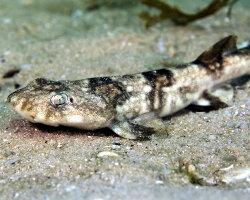
Puffadder shyshark
(Haploblepharus edwardsii)
(Haploblepharus edwardsii)
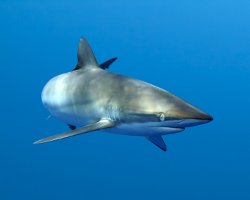
Silky Shark
(Carcharhinus falciformis)
(Carcharhinus falciformis)
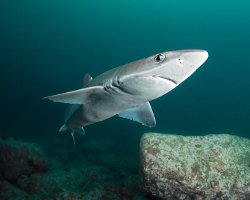
Spiny dogfish
(Squalus acanthias)
(Squalus acanthias)
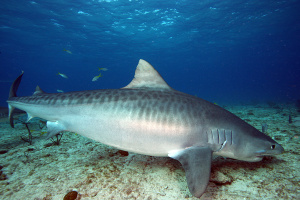
Tiger shark
(Galeocerdo cuvier)
(Galeocerdo cuvier)
Our latestUpdates

Saturday, November 15th 2025
Batz island
Located in the English Channel off the northern coast of Brittany, just a few kilometers from the town of Roscoff, Batz island is a true little haven of peace where you can enjoy its wild landscapes, unspoiled beaches and historical heritage.
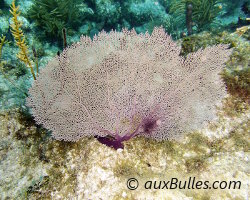
Friday, November 7th 2025
The common sea fan
The common sea fan, is a type of soft coral found in the warm, shallow waters of the Caribbean and the western Atlantic ocean. It grows in wide, fan-shaped forms that sway gently with the ocean currents, helping it catch tiny food particles drifting by. Its beautiful purple branches are covered by a thin living tissue that hosts tiny algae, which provide much of the coral's energy through sunlight.
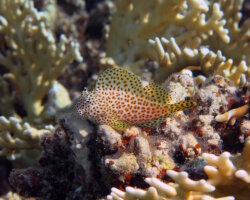
Thursday, October 30th 2025
The leopard blenny
The leopard blenny is a small reef fish from the Indo-Pacific ocean. It is easily recognized by its spotted coloration, which resembles that of a leopard. It lives on shallow coral reefs, feeds mainly on algae and polyps and skillfully camouflages among the corals to avoid predators.
Photo of the Day

Gorfou de Schlegel
(Eudyptes schlegeli)
(Eudyptes schlegeli)
